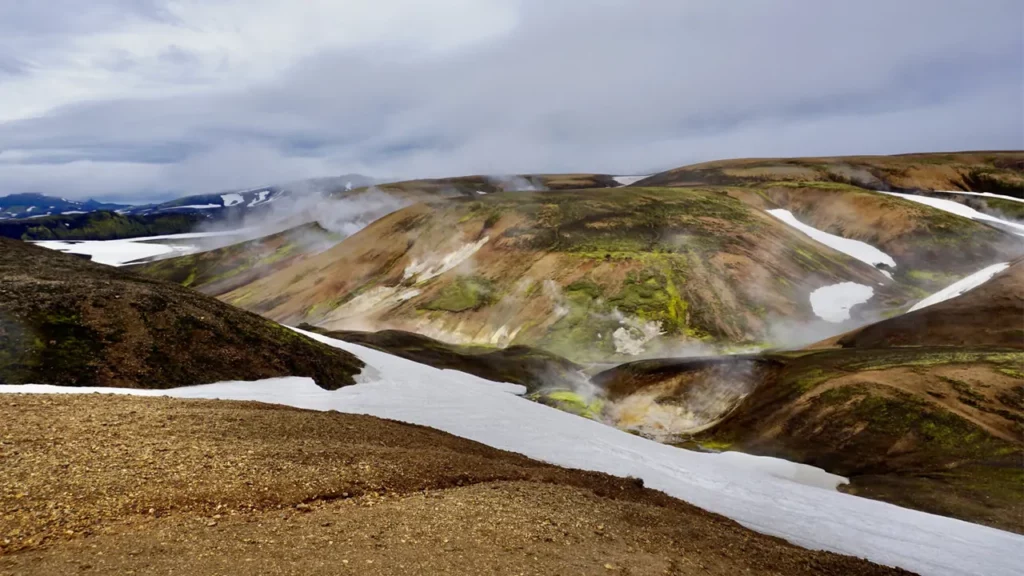Volcanoes release a big amount of greenhouse gases not only when they erupt. They also do so in their quiet phases, according to a new study. Researchers analyzed a Greenland ice core and found volcanoes quietly release at least three times as much sulfur into the Artic atmosphere than previously estimated by current climate models.

Volcanic aerosol emissions can have a strong influence on the world’s climate. They’re not causing the atmospheric warming we’re witnessing now, but they can emit a lot of gases into the atmosphere.
For instance, they emit sulfur dioxide gas, which reacts with water in the atmosphere to form sulfuric acid. When plumes are emitted powerfully enough to reach the stratosphere, the acid can form a haze of liquid droplets, which reflect away the sunlight and cool the Earth.
A good example of this happened in 1993 when the Earth was significantly cooler than expected. This is believed to have been a response to the stratospheric aerosol layer that was produced by the eruption of Mount Pinatubo in the Philippines in 1991. Pinatubo injected about 15 million tons of sulfur dioxide into the stratosphere. Data from NASA satellites confirmed the global effect of the eruption.
“We found that on longer timescales the amount of sulfate aerosols released during passive degassing is much higher than during eruptions,” Ursula Jongebloed, study author, said in a statement. “Passive degassing releases at least 10 times more sulfur into the atmosphere, on decadal timescales, than eruptions, and it could be as much as 30 times more.”
Volcanoes and emissions
Jongebloed and an international group of researchers analyzed layers of an ice core from central Greenland to estimate the levels of sulfate aerosols between the years 1200 and 1850. They wanted to look at sulfur emitted by marine phytoplankton, previously believed to be the main source of atmospheric sulfate in pre-industrial times.
They avoided any major volcanic eruptions and focused on the pre-industrial period as this would make it easier to distinguish the volcanic and marine sources. They found that non-erupting volcanoes release sulfur emissions up to three times the rate previously believed – a finding that would apply not just to the Greenland area but elsewhere too.
The finding is believed to be very relevant for current efforts to model past, present and future climate. If the natural level of emissions is higher, this could mean that the rise and fall of human sulfate emissions (peaking in the 1970s with the acid rain and then dropping due to stricter controls) have had a more limited effect on temperature than previously believed.
“It’s not good news or bad news for the climate. But if we want to understand how much the climate will warm in the future, it helps to have better estimates for aerosols,” Jongebloed said of the result. Having better estimates for aerosols can improve climate models, the researchers said.
The researchers believe the missing emissions are from hydrogen sulfide, a gas known for its bad odor. This gas, with a distinctive “rotten eggs” smell, can also be produced by certain “sulfur bacteria” or by chemical reactions with soil and rocks.
The study was published in the journal Geophysical Research Letters.









